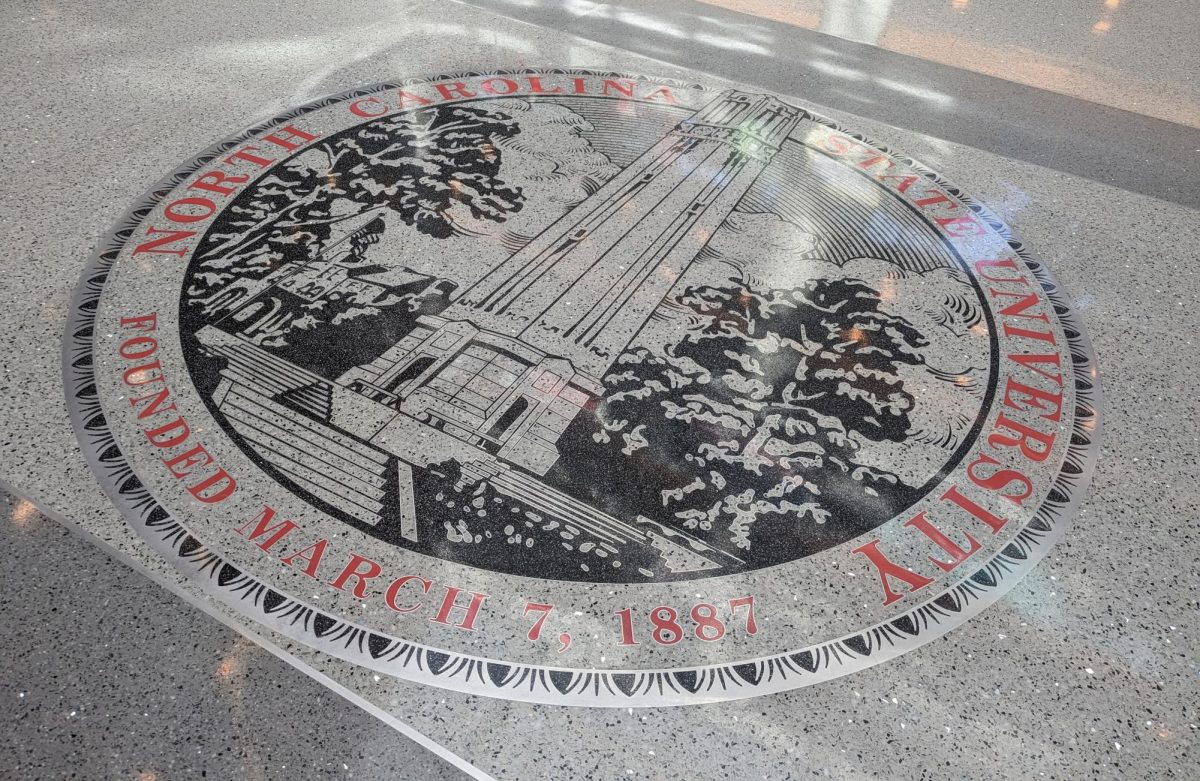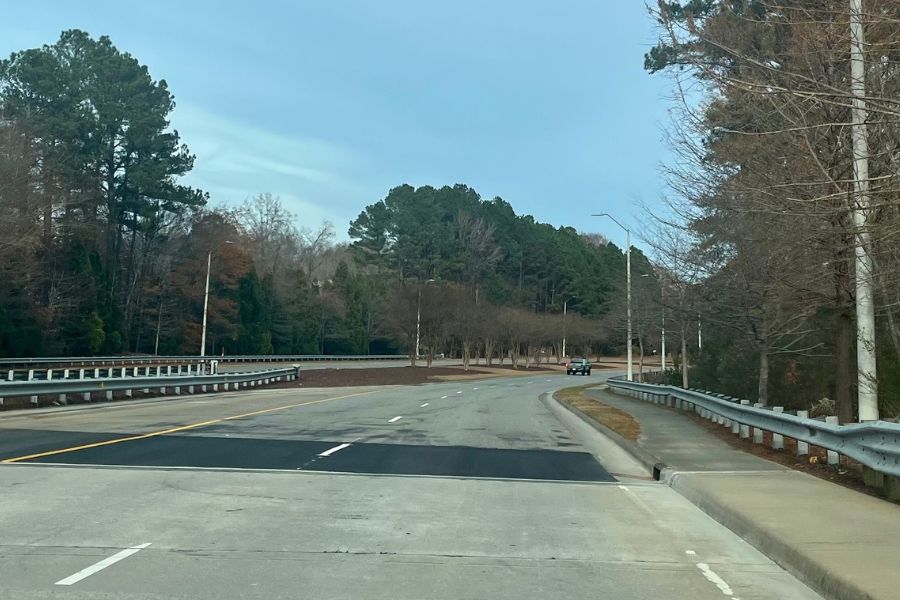The discovery of polychlorinated biphenyl (PCB) chemicals in nearly two dozen buildings on North Carolina State University’s campus has negatively impacted students and staff. After Poe Hall, which houses many of the classrooms for the Psychology and Education departments, gained statewide attention in October 2023 for the discovery of PCBs, it was revealed that 22 buildings on the university campus have tested positive for PCBs within the last seven years.
PCB chemicals were widely used in the construction industry before being banned in 1979. The chemical’s properties lend themselves well to insulation and electrical transformers.
Jesse Kenyon is a science teacher who currently teaches chemistry and environmental science. His work in the field has given him baseline knowledge of the chemical.
“They were a really awesome chemical for what they did, especially for air conditioning,” Kenyon said.
While the chemicals are beneficial for construction and other industries, they have dark effects on the human body. Anatomy teacher Russ Williams is familiar with the impact.
“These are chemicals that we know cause cancer,” Williams said. “They are primarily, nowadays, going to be used [for things such as] construction and [not for] things that are not going to go inside the human body, hopefully.”
Some of the buildings reported to have PCB contaminants have since been demolished. Records indicate that others have had the chemicals removed.
North Carolina State University has drawn the attention of many students over the years. Whether it be for its central location or its top programs in engineering and other STEM fields, generations of students have longed to attend this public college. Though the opinions and safety of current students and faculty are of utmost importance, it’s also relevant to understand the perspectives of prospective students not yet on campus. One such student is junior Catherine Strickland, who believes the university should try to communicate more effectively.
“I would like to hear how they are going to keep students safe in the meantime because I know this is not an easy fix,” Strickland said.
While it is important for the university to communicate with the general public, the school must report information to current students as well. Sierra Gustafson is a current junior at N.C. State who shares her thoughts.
“I believe N.C. State could have done a much better job in regard to informing students of these issues in that they should have done so much, much earlier,” Gustafson said. “Assuming they had known earlier than when we were informed.”
One major point of concern for many in the community is Poe Hall, one of the most prominent cases of contamination on campus. According to reports released to the public by N.C. State, the primary source of PCBs in Poe Hall was identified to be in the heating, ventilation and air conditioning (HVAC) system.
PCBs were found in the gold-colored insulation sealant in the HVAC supply ducts. Though relatively high concentrations of PCBs were identified in certain ductwork materials, air samples collected inside the building do not exceed applicable EPA risk-based thresholds. While today PCBs pose serious risks in older buildings, it’s important to be aware of the chemicals used in everyday life.
“For you young people, just prepare yourself,” Williams said. “There’s always going to be a new [chemical] that you were probably using all of the time and didn’t realize how bad it was at the time. We’re going to relive this cycle again with whatever is coming next.”










